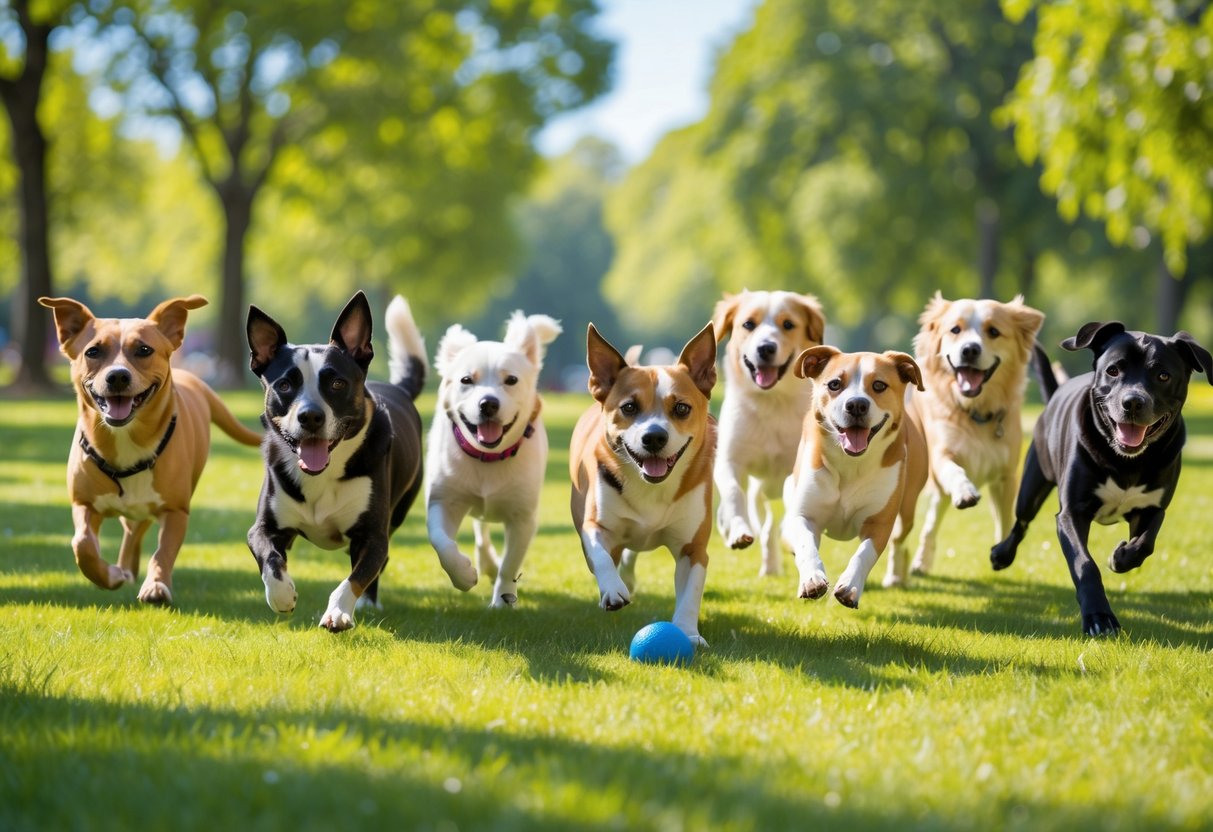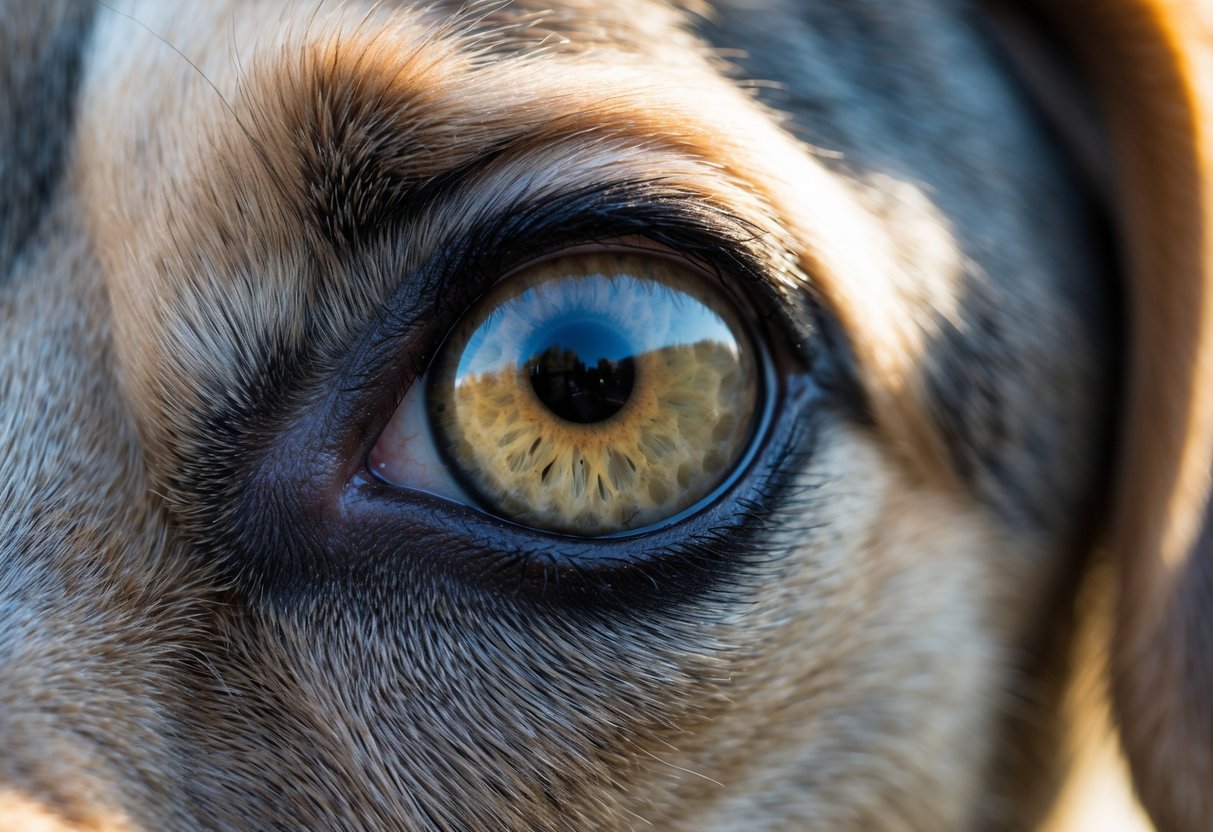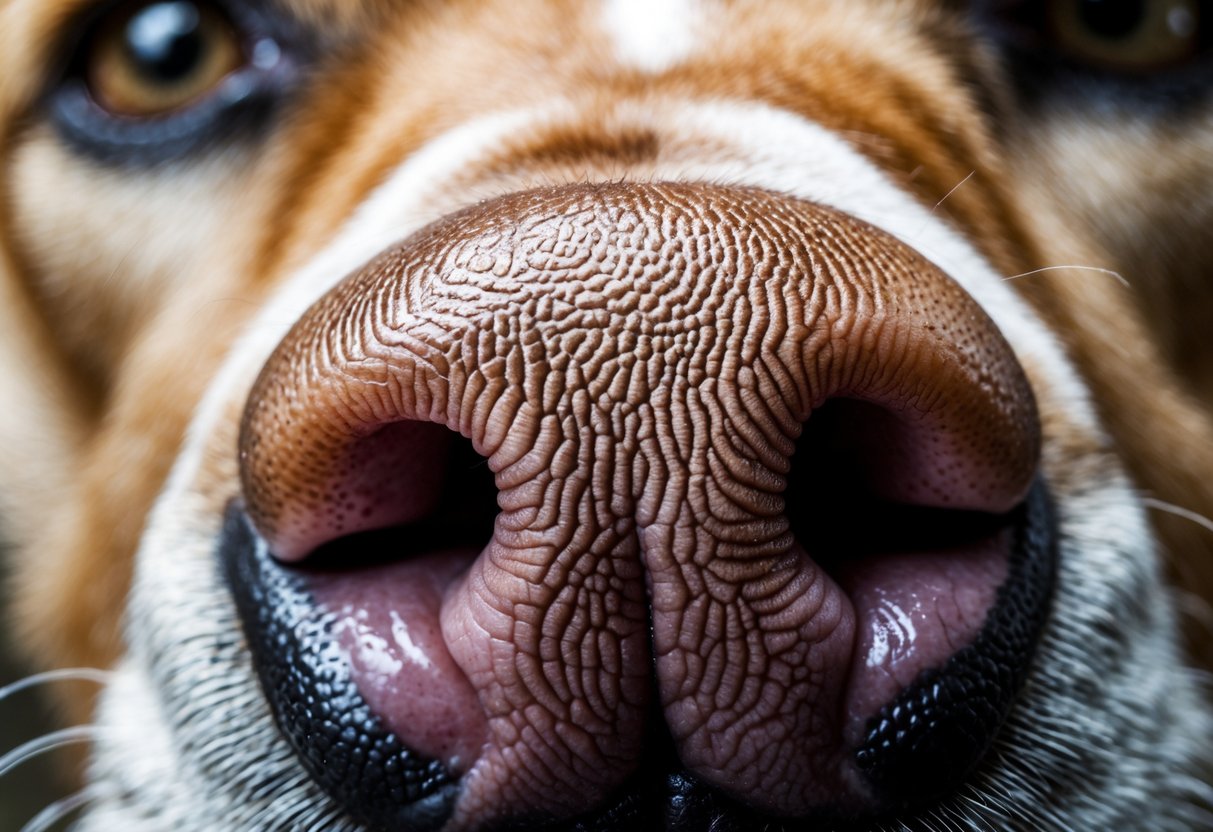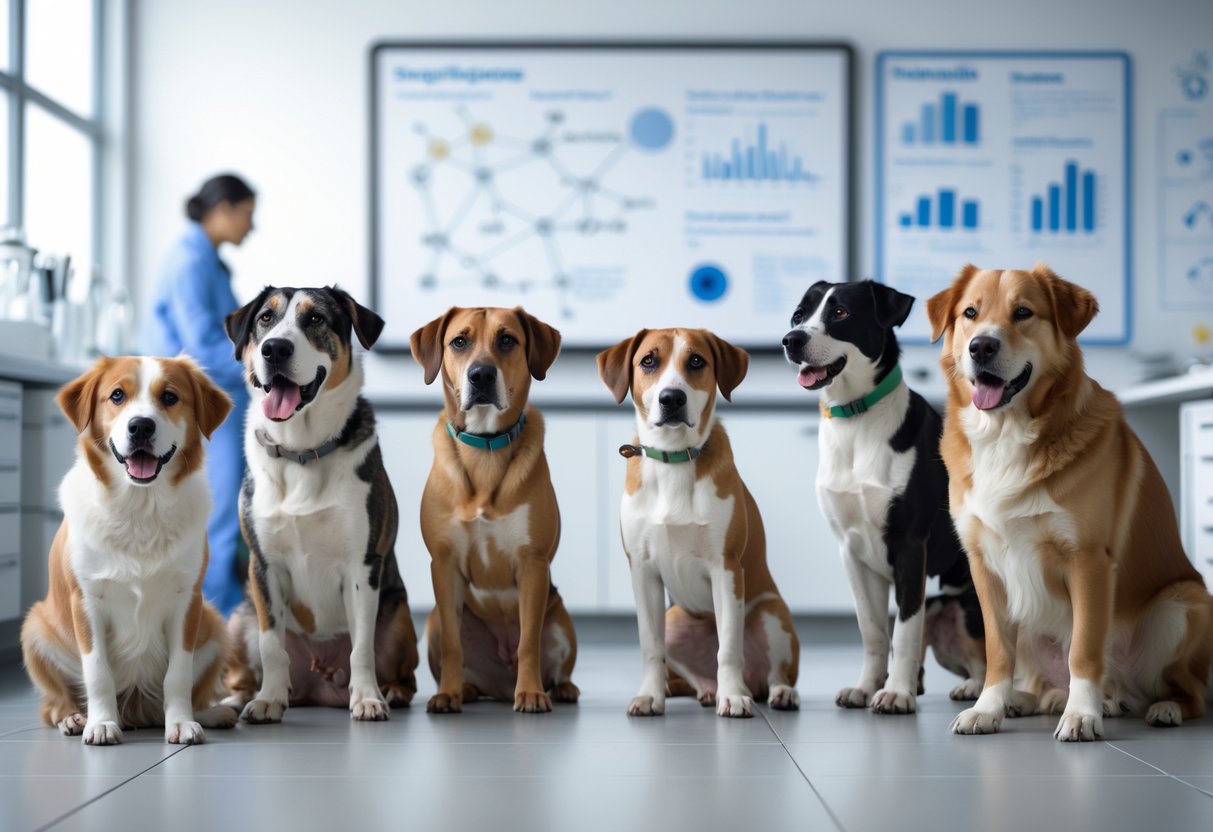Fun Facts About Dogs That Every Owner Should Know

Dogs have been close companions of humans for thousands of years. They live in many different environments and have many unique traits that make them interesting to learn about.
This article shares fun and surprising facts about dogs that reveal more about their behavior, abilities, and history. These facts help deepen the understanding of what makes dogs special as pets and companions.
1) Dogs have three eyelids, including a protective one called the nictitating membrane.

Dogs have three eyelids: an upper, a lower, and a third eyelid. The third eyelid is called the nictitating membrane.
This extra eyelid is located in the inner corner of the eye. It moves sideways to help protect and moisten the eye.
The nictitating membrane helps keep the eye clean and shields it from dust and injury. This feature is common in many animals but not in humans.
2) A dog’s nose print is unique, much like a human fingerprint.

Each dog’s nose has a pattern of ridges and bumps that is different from every other dog. These patterns form early in life and do not change as the dog grows.
Because of this uniqueness, nose prints can be used to identify dogs. Some places even register these prints to help find lost pets.
3) Dogs sweat primarily through their paw pads.

Dogs do not sweat like humans. Instead, they have sweat glands mainly in their paw pads. These glands release moisture to help cool them down.
Most of a dog’s cooling happens through panting, not sweating. The sweat from their paws plays a smaller role in regulating body temperature. It also helps with grip and leaving scent marks.
4) Many dogs dream during REM sleep, often twitching or moving their legs.

Dogs experience REM sleep, the stage when dreaming occurs. During this time, they may twitch their paws, legs, ears, or whiskers. These movements show their brains are active while dreaming.
Twitching is normal and happens because the muscle paralysis that usually stops motion during dreams can sometimes have small glitches. Puppies and older dogs spend more time in REM sleep, so they may twitch more often.
5) Dogs can hear frequencies as high as 65,000 Hz, much higher than humans.

Dogs have a hearing range that goes up to about 65,000 Hz. This is more than three times higher than the maximum frequency humans can hear, which is around 20,000 Hz.
Their ears are shaped to catch sounds better, helping them hear high-pitched noises and locate where sounds come from. This ability makes dogs sensitive to sounds that humans cannot detect.
6) Some dog breeds have webbed feet to help them swim better.

Many dog breeds have webbed feet, which means they have skin between their toes. This helps them swim more efficiently by pushing against the water.
Breeds like Labradors, Water Spaniels, and Retrievers often have this trait. It makes them good at activities like swimming, hunting, and water rescue. Not all dogs have noticeable webbing, but it is common in water-loving breeds.
7) Dogs use their whiskers to sense changes in their surroundings.

Dogs’ whiskers are special hairs connected to nerves that detect small changes in air movement. This helps them notice nearby objects, even in the dark.
Whiskers give dogs extra information about their environment. They can sense vibrations and air currents, helping dogs stay aware and avoid danger.
8) Dogs have about 1,700 taste buds, compared to 9,000 in humans.

Dogs have far fewer taste buds than humans. They have about 1,700, while humans have around 9,000.
This means dogs do not taste flavors as strongly as people do. Their sense of taste is weaker.
Despite this, dogs can still detect basic tastes like sweet, sour, bitter, and salty. Their taste buds help them enjoy food, but smell plays a bigger role in how they experience flavor.
9) The Basenji dog is known as the ‘barkless dog’ because it makes yodel-like sounds instead of barking.

The Basenji does not bark like most dogs. Its vocal cords are shaped differently, which limits traditional barking.
Instead, it produces a unique sound called a “barroo,” a mix between a yodel and a howl. This makes the breed stand out.
Basenjis are quiet but not silent. They use these sounds to communicate, showing their intelligence and independence.
10) Dogs can recognize their names and understand hundreds of words.

Dogs learn to recognize their names early. They respond to it because it signals they should pay attention.
Many dogs understand about 165 words. These include names, commands like “sit,” and daily routine words such as “walk” or “treat.”
Some dogs, especially smart breeds like border collies, can learn over 1,000 words. They connect sounds with actions, objects, and even emotions.
Scientific Insights Into Dog Behavior

Dogs use a variety of ways to express themselves and connect with people. Their behaviors and instincts come from both their communication skills and their genetic history. Understanding these parts helps explain why dogs act the way they do.
How Dogs Communicate With Humans
Dogs communicate with humans through body language, sounds, and behaviors. They use tail wags, ear positions, and eye contact to show feelings like happiness, fear, or curiosity. For example, a tilted head often means a dog is trying to understand something.
Vocal signals like barking, whining, or growling also show emotions or intentions. Dogs learn to read human gestures and tones over time, making them sensitive to their owner’s mood.
Paw offering is another common gesture, often signaling a request for attention or food. Positive responses to these actions help dogs learn and strengthen their bond with humans.
The Role of Genetics in Canine Traits
Genetics plays a key role in dog behavior and physical traits. Dogs inherited many instincts from their wolf ancestors, like hunting skills and social structure. These instincts still influence their actions today.
Genetic differences cause variations in breed behaviors. For instance, herding breeds have a strong drive to control movement, while retrievers are naturally good at fetching.
Genetics also affect health, size, and temperament. Understanding a dog’s breed can give insight into its likely behaviors and needs, helping owners provide better care.
Dogs in Culture and History

Dogs have played many roles across different societies and time periods. Their presence has influenced stories, traditions, and even human survival. This shows how closely dogs are connected to human life, both in real history and popular stories.
Famous Dogs in Popular Culture
Many dogs have become well-known through books, movies, and TV shows. For example, Lassie is a famous dog known for loyalty and bravery. Another is Rin Tin Tin, a German Shepherd who starred in early films and helped popularize the breed.
Dogs also appear in myths and legends. In Greek mythology, dogs were seen as protectors and guides in the afterlife. Today, dogs still inspire art, advertisements, and social media, showing their important presence in culture worldwide.
The Evolution of Domestic Dogs
Dogs first became pets about 15,000 years ago when humans began domesticating wild wolves. This process created a range of breeds made for specific jobs, like herding, hunting, or guarding.
Over time, dogs adapted to human life, developing traits like loyalty, intelligence, and communication skills. Humans influenced how dogs looked and behaved through selective breeding. This long history explains why dogs fit so well into human societies today.

Frequently Asked Questions
Dogs have several unique physical traits and impressive abilities. They also play important roles in human health and history, and they communicate in complex ways.
